Bees: Their Amazing World, and Their Role in our Forests
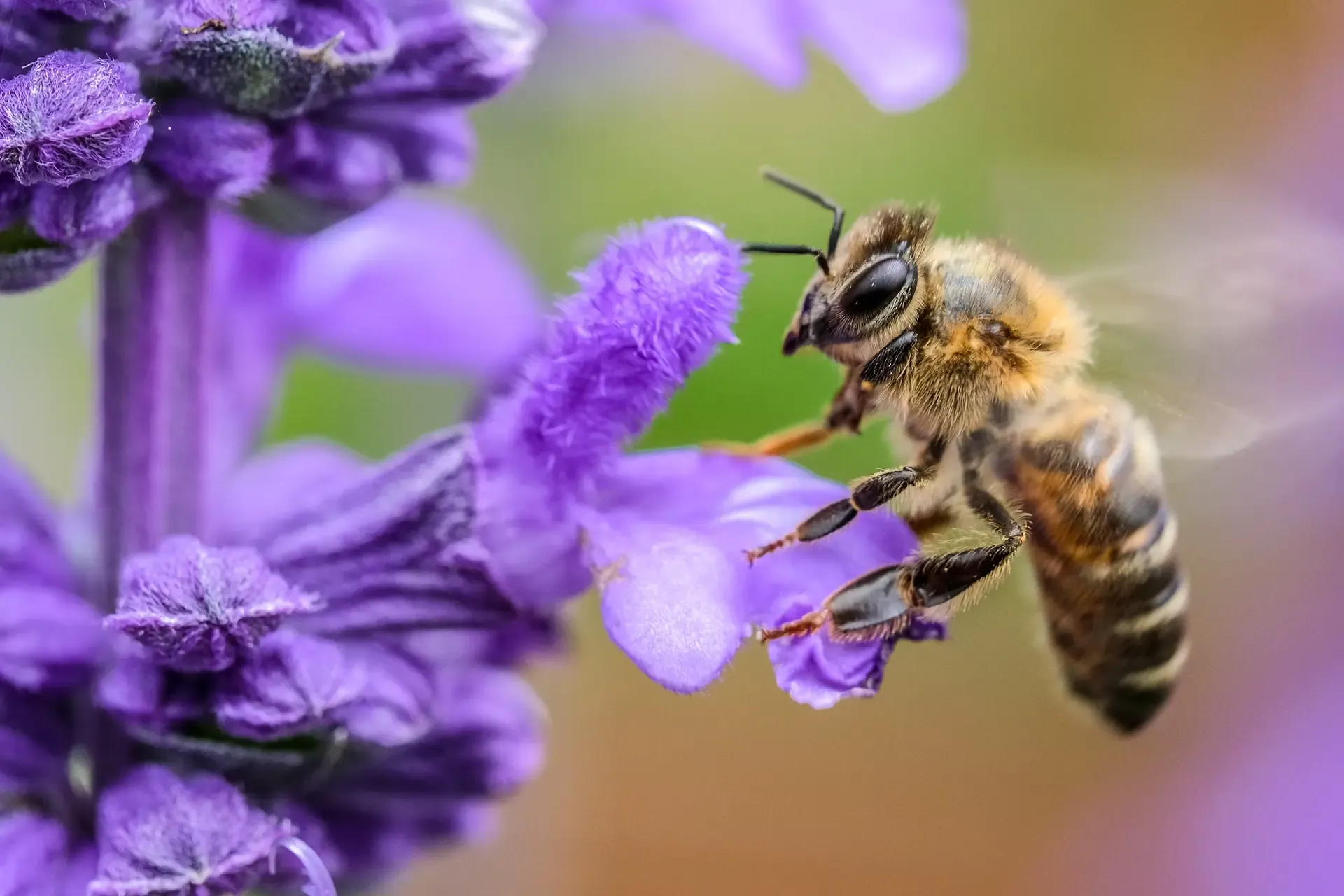
A honey bee flies around a purple flower as it eats and helps begin the pollination process.
Honey bees. They have captured the hearts and minds of many Americans in recent years as their population decline has begun to make headlines. So much so that, since 2009, their contribution to both ecosystems and economies is celebrated on the third Saturday of August — National Honey Bee Day.
It’s no wonder the organizers of National Honey Bee Day take this opportunity to highlight the many positive aspects of honey bees. Honey — made by bees from flower nectar — is one obvious benefit. It tastes good, and it’s good for you. How many foods can say that?
But while honey bees tend to get all the glory, there are about 20,000 different species of pollinators who play a vital role in their respective ecosystems, including 4,000 types of bees native to the United States.
Bees and Forest Ecosystems
Bees play a more important role than just satisfying our sweet tooth. They pollinate flowering plants, making them very important to the reproduction of native flora and agriculture crops.
While the wind disperses pollen from some plants, animal species play a pivotal role in the pollination of many others. Pollination of flowering plants is accomplished by honey bees, bumble bees, moths, butterflies, and even bats in some parts of the world. These pollinators feed on a flower's nectar and disperse pollen to the surrounding plants as they continue on to feed.
Pollinating species are also important in natural forest regeneration. Some examples of animal-pollinated tree species include: red and sugar maples, hollies, willows, catalpa, basswood, cherry, sweetgum, yellow poplar, sycamore, and more.
Trouble in the Bee World
Sadly, bee populations have declined in recent years. Estimates of population decline vary, but even the lowest suggestions are substantial.
While the causes are varied and interconnected, land and habitat change is one likely contributor to this trend. In native ecosystems, before human impact, there was widespread plant diversity with variable plant pollen — and therefore protein — sources. The American Bee Journal points to the role of plant diversity in bee nutrition in the population decline, as pollen from some plants have lower levels of protein than others.
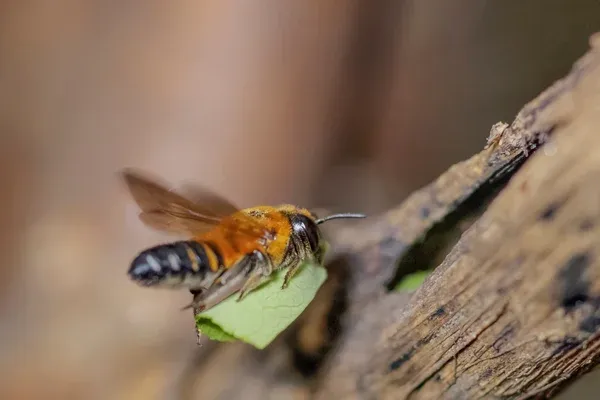
A bee carries small chunks of food back to the central hive. In this case, the bee is carrying a small leaf.
Some ecosystems where bees feed and pollinate are much simpler, with agricultural monocultures dominating the landscape. With these monocultures, there may be limited amino acids in proteins which don't allow bee colonies to get the nutrients they need. In more diverse habitats, flowers bloom at different times, allowing pollinators to have consistent food across varying seasons of bloom. This is not the case with a monoculture. Over long-term periods, these stressors could further put bee populations at risk to other factors which threaten their populations or habitat. For example, two species of mites are also responsible for bee population decline: one infects the trachea of adult bees, the other the larvae. When populations are weakened by food shortage, they are more likely to succumb to mite infestations.
Chemical intervention is another factor thought to negatively affect bee populations. Pesticides are mostly non-selective (or non-species specific), may be long lived, and can target all types of insect populations. Herbicides are also employed to kill plants that are undesirable to humans, but which are desirable to bees.
What You Can Do for the Bees on Your Forest Land
DO provide a diverse array of flowering plants
Consider planting species, especially native species, that flower at different times of year. Verify those native species with your forester and favor the ones which support bee populations.
DO provide young stands
Early successional tree stands with diverse grass-forb stage vegetation are well suited for pollinators. In other words, lots of sunlight and flowers! Some examples of plant species pollinated by bees include: croton, eupatorium, smartweeds, sunflowers, and goldenrod.
In the shrub stage, species that flower and attract pollinators include: greenbriars, honeysuckle, trumpet creeper, baccharis, and privet.
DO allow sunlight into stands
As forest stands develop, become dense, and crowns close, there is much less flowering. As a result, there will be fewer pollinators in that area. Stand manipulations, such as responsible and targeted thinning, allow more intra-stand sunlight, flowering, and pollinators.
DO allow your forest to mature
Mature stands are also well suited for bees. Stands that include a variety of species and openings in the canopy are especially attractive to bee populations. Mature forests can provide shade and protection from extreme weather for hives.
So, the next time you see a busy bee, think about their fascinating world, and the critical role they play in ours.
DON’T poison your land
If you are using insecticides on your land, choose your treatment carefully. Consult with your forestry professional and use the insecticides they recommend.
Did You Know?
Bees have a very regimented caste system. Every bee has a role and knows its place. Larvae are designated at birth as to which caste they belong. The queen bee is the reproductive machine of the colony. Her destiny is to reproduce, and she is essential in the success of a colony.
Drones are male bees, and only one of whom mates with the queen. With the onset of cold weather, drones are removed from the colony. It may sound calloused, but such it is with colony efficiency. Maintaining this efficient and regimented caste system allows the bees to support a healthy colony.
The bees we are most familiar with, those buzzing around, are the workers. These females gather the nectar and pollen from flowers and can forage miles from the hive. Hives can be a natural structure such as a tree cavity or rocky outcrop, or an artificial structure, as is the case with domesticated honey bees.
Related Articles
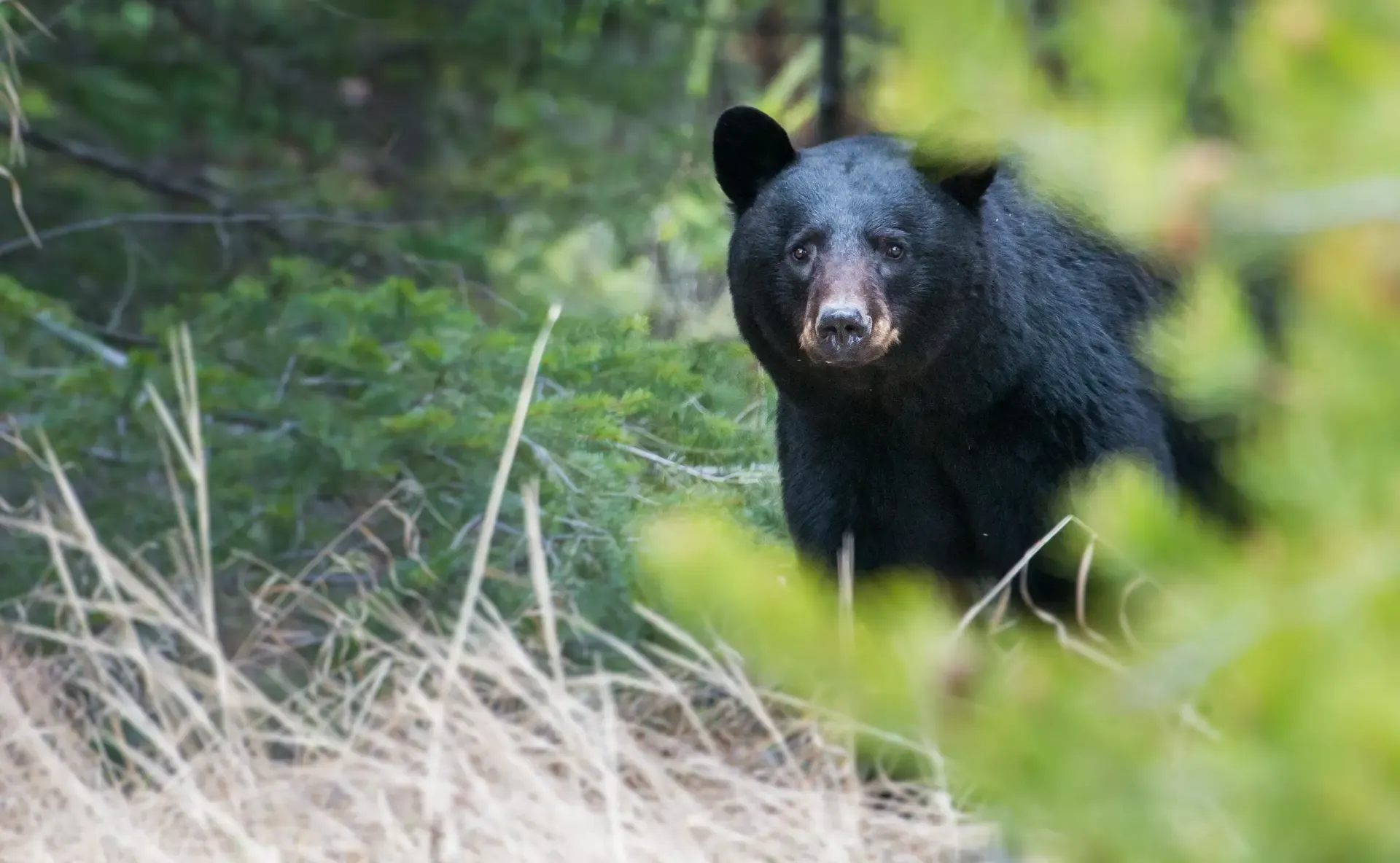
July 28, 2023
Carbon + Biodiversity – A New Opportunity for the Market
Forest carbon has increasingly become a vital piece of the climate mitigation puzzle and one vital co-benefit of forest carbon projects is biodiversity.
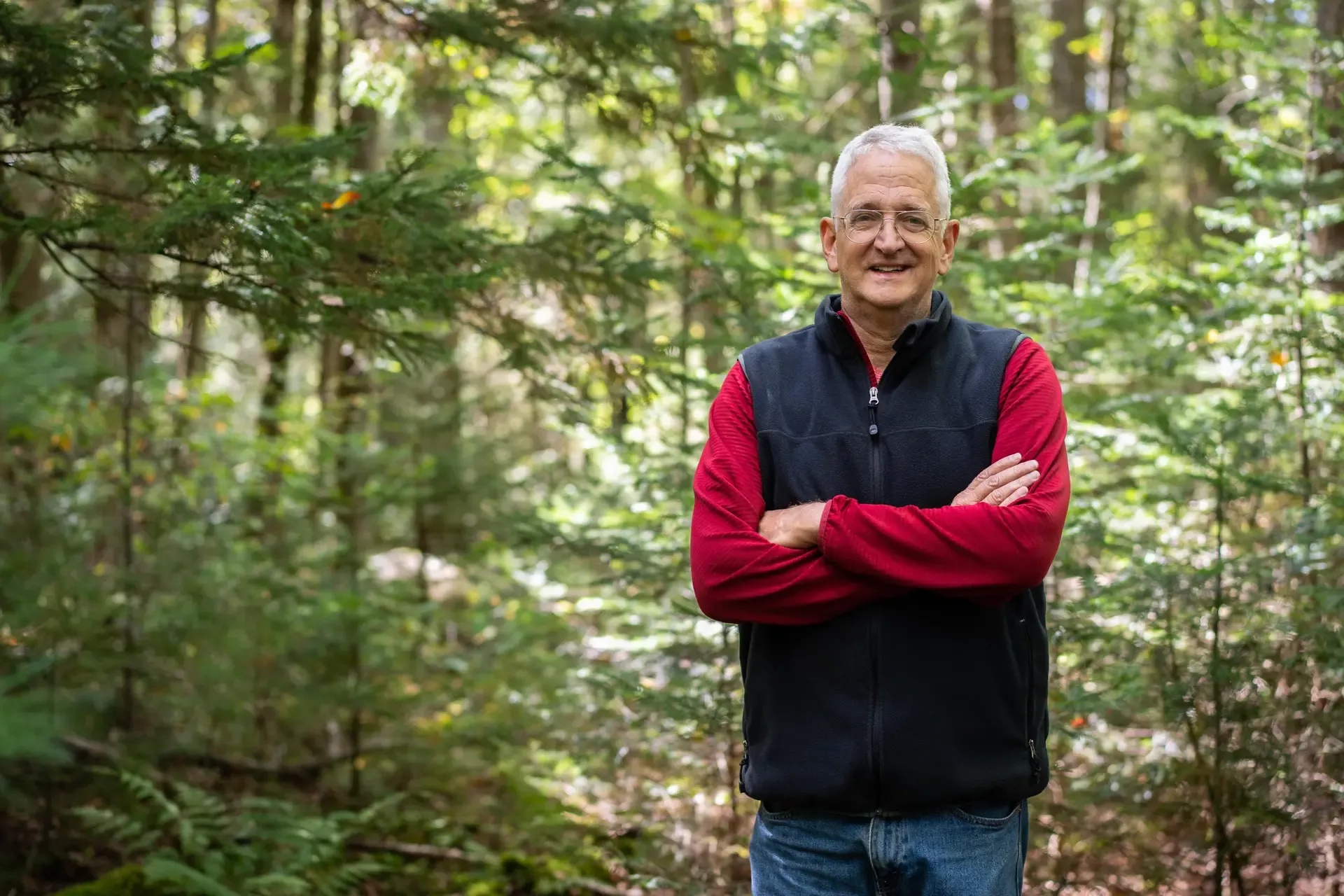
July 5, 2023
A Land of Hope: A Grandfather Fights to Preserve His Land for Future Generations
When Tim Stout, a Vermont Native, became a grandfather to Abe and Faye, he began to think more critically about climate change and how to protect his woodlands for the next generation. Located in Rutland County, Vermont, Tim, his brother Chris, and their families own Jockey Hill Farm.
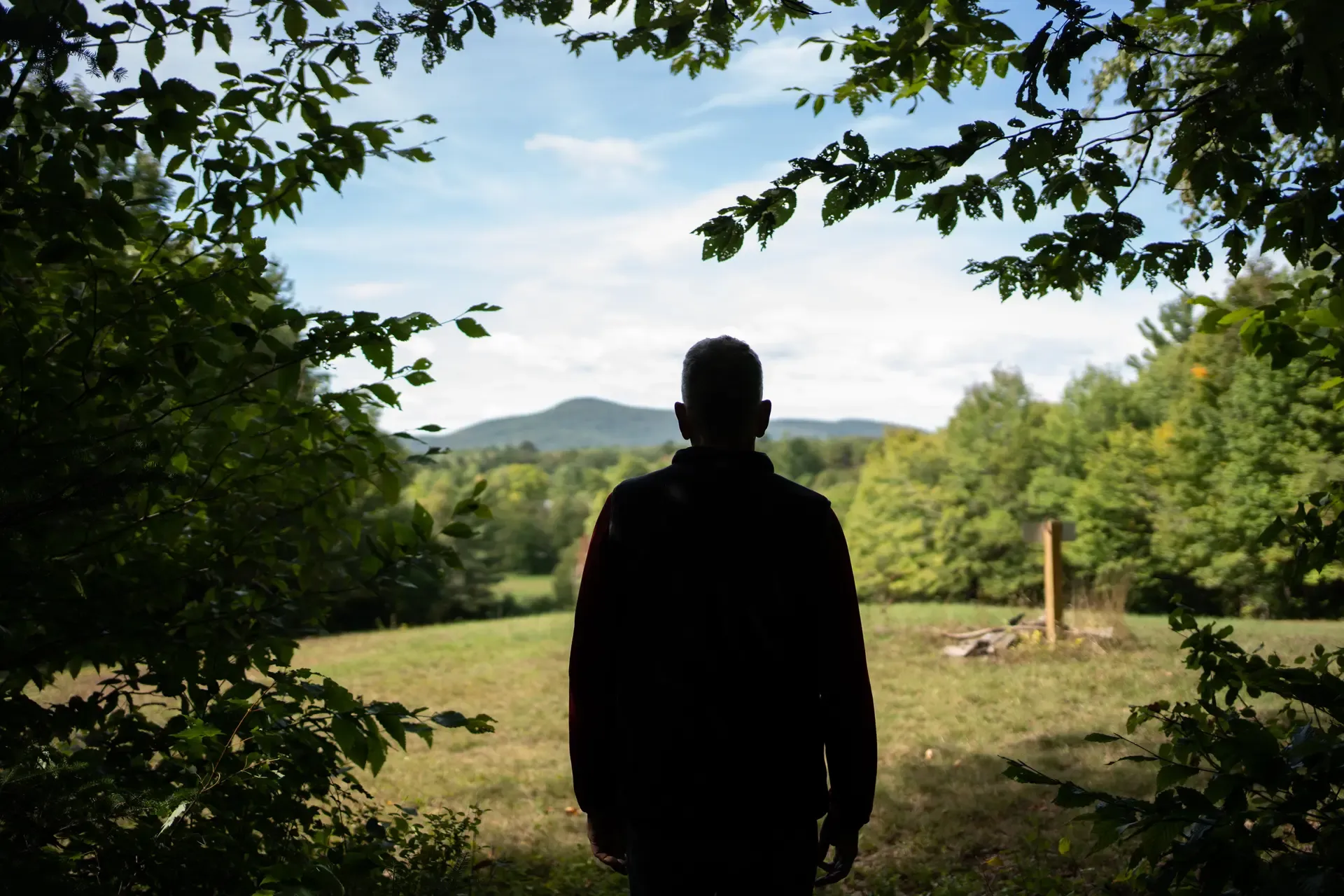
May 12, 2023
3 Extra Perks of Enrolling in the Family Forest Carbon Program
When considering a forest carbon program, it is natural (and wise!) for landowners to weigh the costs and benefits of their options, and what sets one program apart from another. In this post you'll learn about three ways we strive to build a relationship that connects you with resources and opportunities that align with your goals, and with other landowners who share similar experiences.